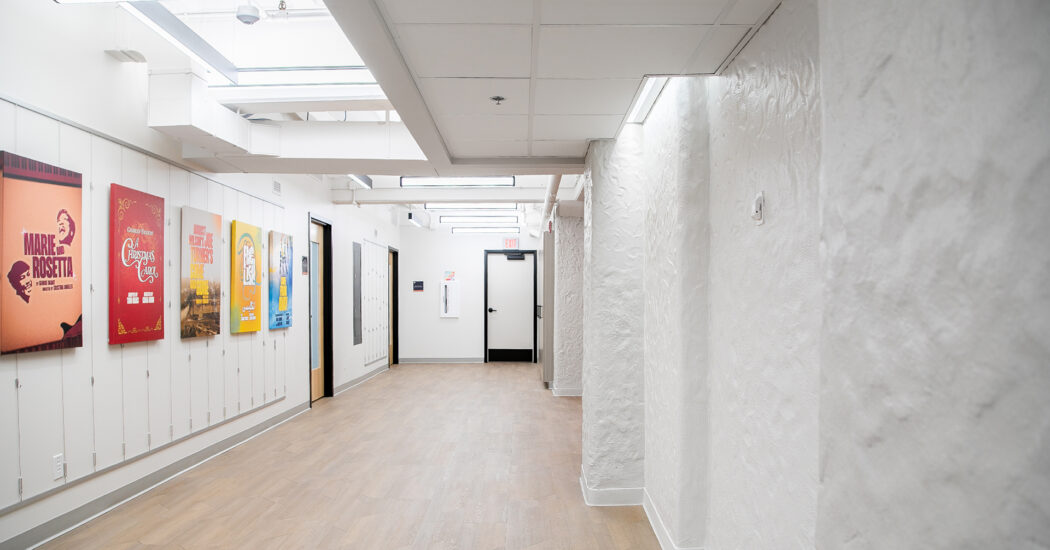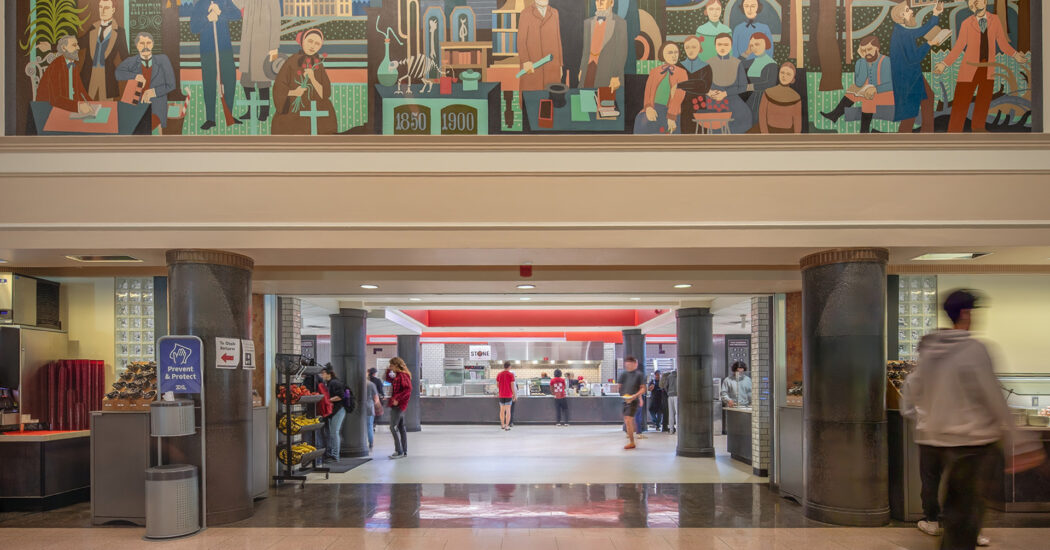6 Ways to Save on Operational Costs in the Time of COVID-19
-
Category
Studio-Workplace, Innovation -
Posted By
Schmidt Associates -
Posted On
Jun 01, 2020
The current pandemic has drastically changed the business landscape and has many organizations looking for ways to cut costs. Here are some of the best ways to maximize your budget and reduce operational costs.
Adjust building controls to reduce energy consumption
If your facility is currently closed or at reduced occupancy, adjusting your building controls for HVAC and lighting accordingly will help reduce unnecessary energy cost.
For closed buildings that will get little to no use in the next few weeks or months, set your system to “unoccupied setback” mode. Be sure to monitor humidity levels, and turn the system back on to reduce humidity if needed.

Replace aging equipment to improve efficiency
While you may be inclined to slash any new expenditures right now, investing in the right improvements to your facility can save you money in the long run. Outdated mechanical systems, for example, can be a significant energy suck, resulting in higher and higher utility bills.
Replacing HVAC equipment that is nearing the end of its life or retrofitting lighting with LED fixtures will improve your building’s efficiency and reduce your utility bills, potentially saving you thousands of dollars a year. Not to mention, your utility provider may offer cash incentives for energy efficient upgrades, which can cover up to 100 percent of the implementation cost.

Optimize video conferencing capabilities to reduce travel and increase productivity
Many organizations have had to quickly adapt to remote work and virtual-only collaboration. So far, this may have simply meant quickly onboarding your team to using Zoom. The need for virtual capabilities won’t end when we return to the physical workplace. In fact, they will likely become more robust.
Invest now in enhancing your video conferencing capabilities, and dedicate space in your facility for distance collaboration. This will set your team up for successful virtual work that can reduce unnecessary business travel and improve productivity in the long term.

Reduce daily office expenses to account for remote workers
If much of your staff is working from home, there are likely on-site expenses that can be temporarily reduced or eliminated until you return to business as usual. This may include things like:
- Company-paid parking spots
- Cable TV or other subscription services
- Supplies like printer paper, paper towels, water cooler refills, etc.
For those who decide to make permanent changes to on-site versus remote staffing levels, these can be long-term savings.

Take advantage of lower occupancy to save on building projects
If you have fewer employees coming into work, take this time to make needed facility improvements. This not only makes the work quicker and easier with fewer disruptions to both the contractors and your staff, but it can also come at a lower cost. Contractors often charge premiums to schedule around your normal operating hours if it means working evenings or weekends.

Utilize outside partners to support facility needs
For many organizations, hiring new employees is simply not possible right now. But that doesn’t mean the need goes away. Consider hiring contract, hourly support from outside partners to support your operational needs in a cost-effective manner. Outsourcing engineering work, for example, can keep your facilities running smoothly and efficiently, preventing any disruption to your staff or clients’ experience.
If you have questions about how we can help you maximize your budget and save on operational costs, reach out!








